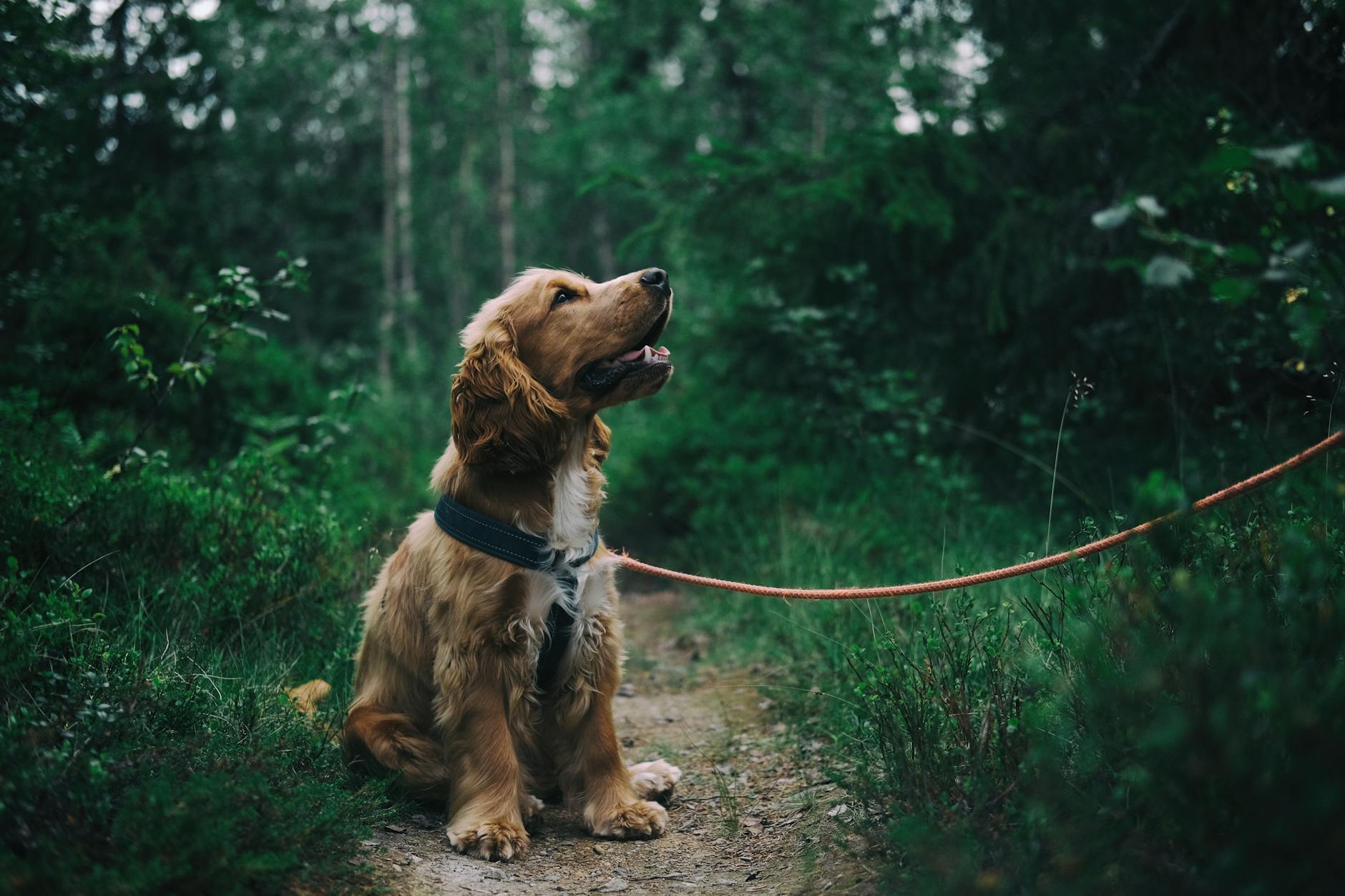How to Train a Dog: Pooch Edu 101

Introduction
Welcome to "Pooch Edu 101," where you will embark on an educational journey to unlock the secrets of dog training. Owning a dog is one of life's greatest joys, but it also comes with the responsibility of ensuring your furry friend is well-behaved and obedient. This guide will cover the fundamentals of dog training, offering simple yet effective techniques to cultivate good behavior in your canine companion.
Understanding Your Dog
Before diving into specific training methods, it is crucial to understand that every dog is unique. The success of these training techniques will depend on your dog’s personality, age, and breed-specific traits. With patience and consistency, these methods can be tailored to suit your dog’s learning style.
Building Trust and Respect
-
Establish Leadership: Dogs thrive in environments where they understand their role in the pack. By establishing yourself as the pack leader, your dog will be more inclined to follow your commands.
-
Positive Reinforcement: Reward your dog with treats, praise, or playtime when they perform a desired action. This reinforces good behavior and makes learning enjoyable.
-
"No Free Lunch" Policy: Have your dog earn their privileges by following commands. This teaches them that good behavior leads to rewards.
Basic Obedience Training
Teaching basic commands lays the groundwork for advanced training and ensures your dog knows how to behave in various situations.
Essential Commands
- Sit: An essential command for controlling your dog and gaining their attention.
- Stay: Teaches your dog self-control and patience.
- Come: A critical command for your dog's safety, ensuring they return to you when called.
- Heel: Encourages your dog to walk beside you calmly without pulling on the leash.
- Leave It: Helps prevent your dog from picking up or eating unwanted items.
Training Techniques
-
Clicker Training: Uses a sound (click) to mark the desired behavior the instant it occurs, followed by a treat.
-
Crate Training: Offers a safe space for your dog and aids in potty training and behavior management.
-
Leash Training: Teaches your dog to walk without pulling, making outings more enjoyable.
Socialization and Behavior Adjustment
Socializing your dog is integral to training, as it helps prevent behavioral problems such as aggression or fearfulness.
Tips for Effective Socialization
- Introduce your dog to various people, animals, environments, and noises gradually and positively.
- Enroll your dog in a training class or visit dog parks to improve social skills.
- Observe your dog's reactions and proceed at a pace comfortable for them, avoiding overwhelming situations.
Addressing Behavioral Issues
If your dog exhibits unwanted behaviors like barking, chewing, or aggression, it is essential to address these issues early on.
- Identify the cause of the behavior and strive to eliminate or manage it.
- Employ consistent discipline, ensuring you do not inadvertently reinforce negative behaviors.
- Be patient and seek professional help if necessary.
Conclusion
Dog training is a rewarding process that fosters a harmonious relationship between you and your furry family member. With the essential knowledge from "Pooch Edu 101," you now have the foundational tools to start your dog's obedience and behavior training. Remember, consistency, patience, and positive reinforcement are key ingredients for a well-trained pooch. Embrace the journey of training your dog, and enjoy the special bond that will develop along the way.